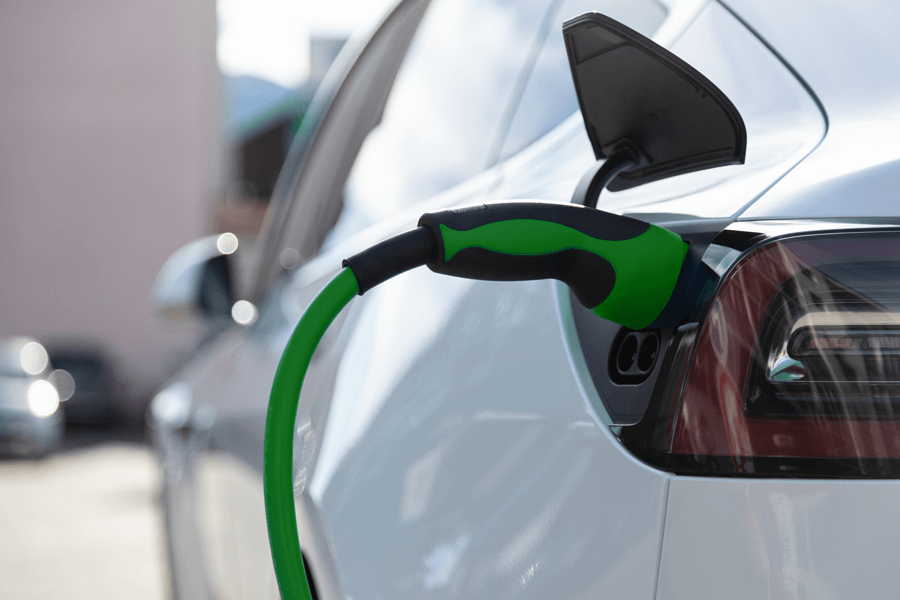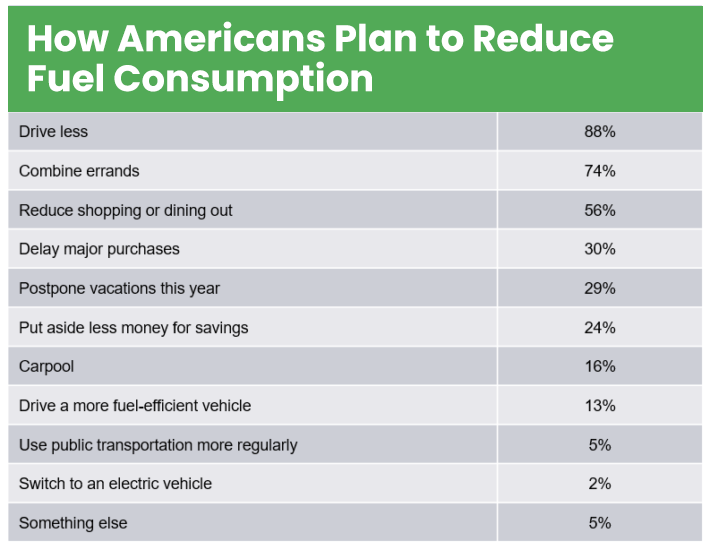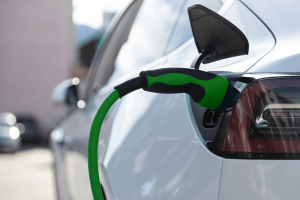- Is it Time to Switch to an EV?
Inflation is in every headline, but what does it mean for you?
Table of Contents
The EV tax credits in the new Inflation Reduction Act are designed to increase the adoption of electric vehicles while lowering fuel demand (and prices).
At the time of publication, inflation in the US economy slowed. In fact, the inflation rate was lower than it’s been since the spring.
Inflation is the gradual increase in prices and/or gradual reduction in the value of a currency. So the inflation rate is the rate at which prices increase.
So the slowing of the inflation rate means that the prices we’ve seen rising all around us are beginning to normalize again. This is certainly a good sign for the American consumer.
What Does Inflation Have to Do with EVs?
As a part of reducing prices, the Inflation Reduction Act aims to decrease the fastest growing prices, which include gas.
The more of a gas (or anything) that’s available in a market, the less expensive it will be. If demand for gas goes down, so will the price. Similarly, if supply goes, the price will go down.
This new law will also work to reduce demand by incentivizing American drivers to purchase electric vehicles through tax credits.
How Do I Get an EV Tax Credit?
Getting an EV tax credit might seem a little confusing on the surface. But with a little research and patience, you could get up to $7,500 back on your federal taxes.
The tax credit is an extension of a previously existing credit. One important change is that all new qualifying vehicles must be assembled in North America.
You can find out if the car you’re thinking of purchasing was assembled in North America using this VIN Decoder from the US Department of Transportation.
After purchasing a qualifying vehicle, be sure to keep your documents in a safe place until tax season. When you fill out your taxes, remember to let your accountant, tax filer, or TurboTax know about your purchase.
A consumer reports survey showed that more than 50% of buyers are more likely to buy an electric vehicle if it comes with a hefty tax credit.
Which Vehicles Qualify for an EV Tax Credit?
The US Department of Energy maintains a list of vehicles that currently qualify for the tax credit. But, the old EV tax credit law maintained a cap for how many credits could be issued to each manufacturer, so be sure you aren’t buying a car from a manufacturer that’s already met it’s cap for the year. Or wait until January when those caps roll off.
This tax credit is only available to US families that make less than $300,000, but that means something like 90% of US households qualify.
The EV Tax Credit Is for Used Cars Too
The new Inflation Reduction Act also opens up the EV tax credit to Americans purchasing used EVs.
This is a first-time tax credit that may be worth waiting until January for if you’re in the market for a used car.
Any household that makes less than $150,000 or individual who makes under $75,000 qualifies for a tax credit equal to $4,000 or 30 percent of the sale price (depending on which is lower).
The Congressional Budget Office has reported nearly 25,000 used EVs will qualify for up to $4,000 in tax credit in 2023.
Used EV purchasers don’t have to worry about the North American assembly requirement, but will have to purchase the EV from a dealership to qualify.
Make the Switch and Save With an EV Tax Credit
If you’ve been on the fence about an EV purchase, now is the time to take advantage of federal funds. You will start saving on gas immediately, and up to $7,500 will be added to your final tax return (or subtracted from your bill) when you file. You can put that toward anything, but if you put it toward your car you’ll be looking at lower monthly payments and reduced maintenance and fuel costs.
EV PRICES ARTICLE
When you decide to make the switch, list your car on Carmigo.
It’s the easiest way to sell your car, and you can do it all from the comfort of your phone without ever leaving your home. We legit had two people list their cars while pumping gas last week.
List your car in as few as 15 minutes, and sell it in as little as one business day.
When you decide to make the switch, list your car on Carmigo.
It’s the easiest way to sell your car, and you can do it all from the comfort of your phone without ever leaving your home. We legit had two people list their cars while pumping gas last week.
List your car in as few as 15 minutes, and sell it in as little as one business day.






